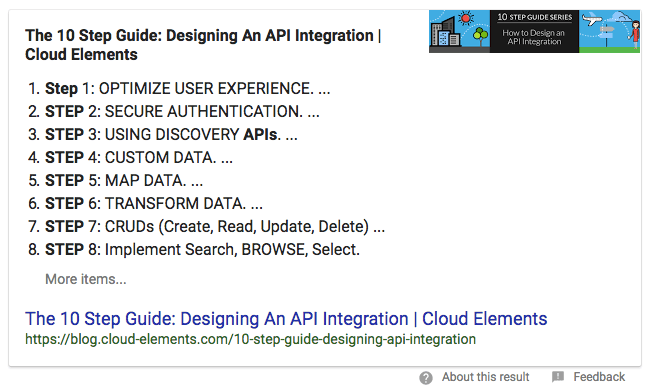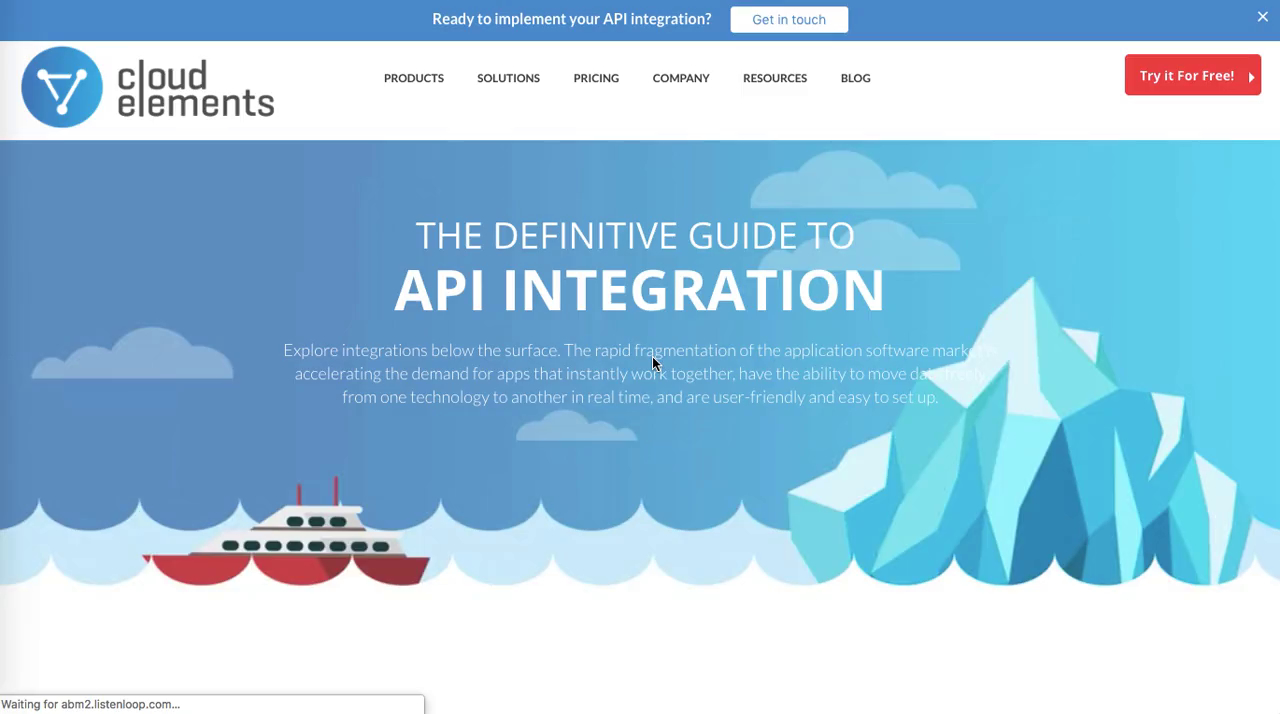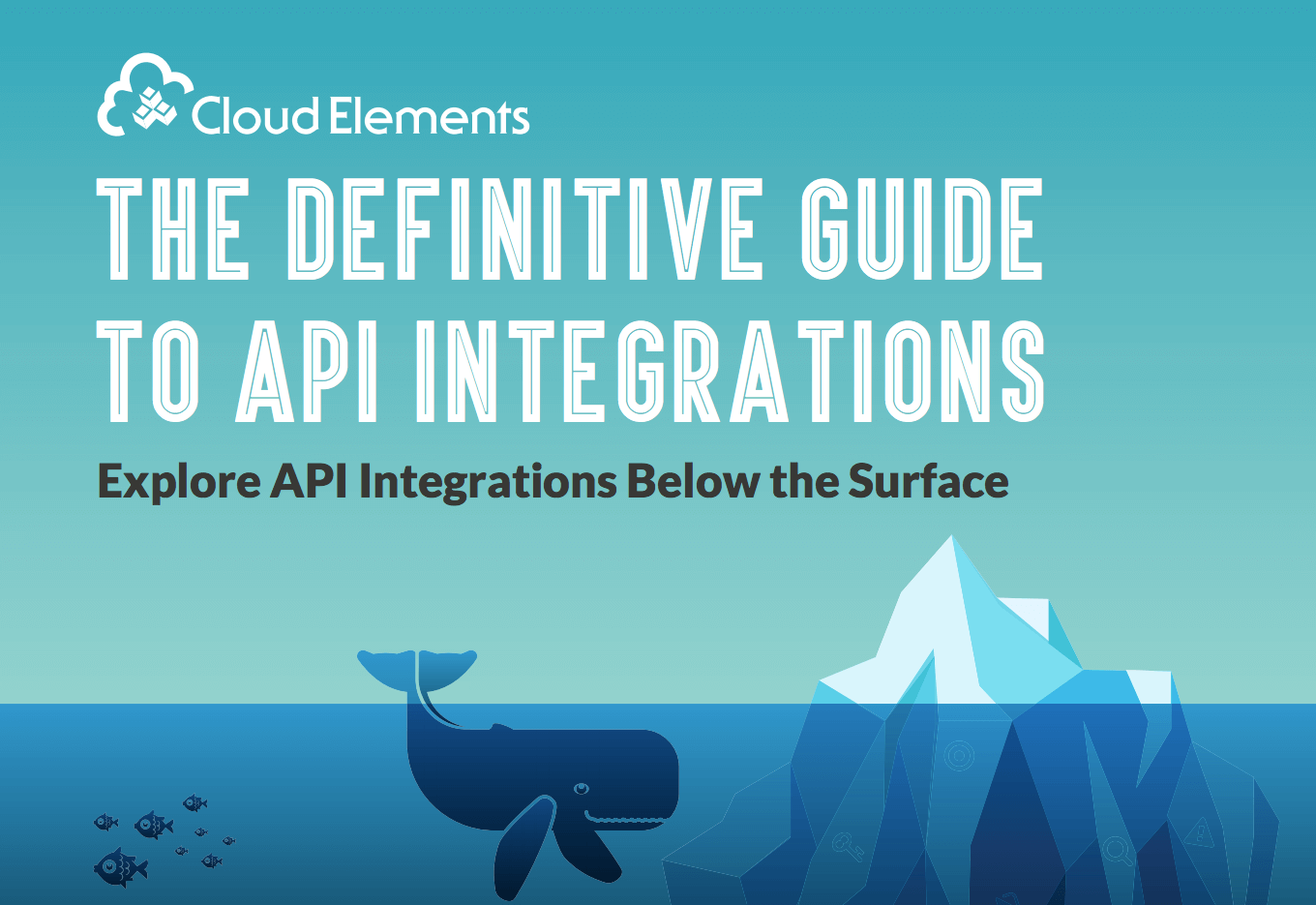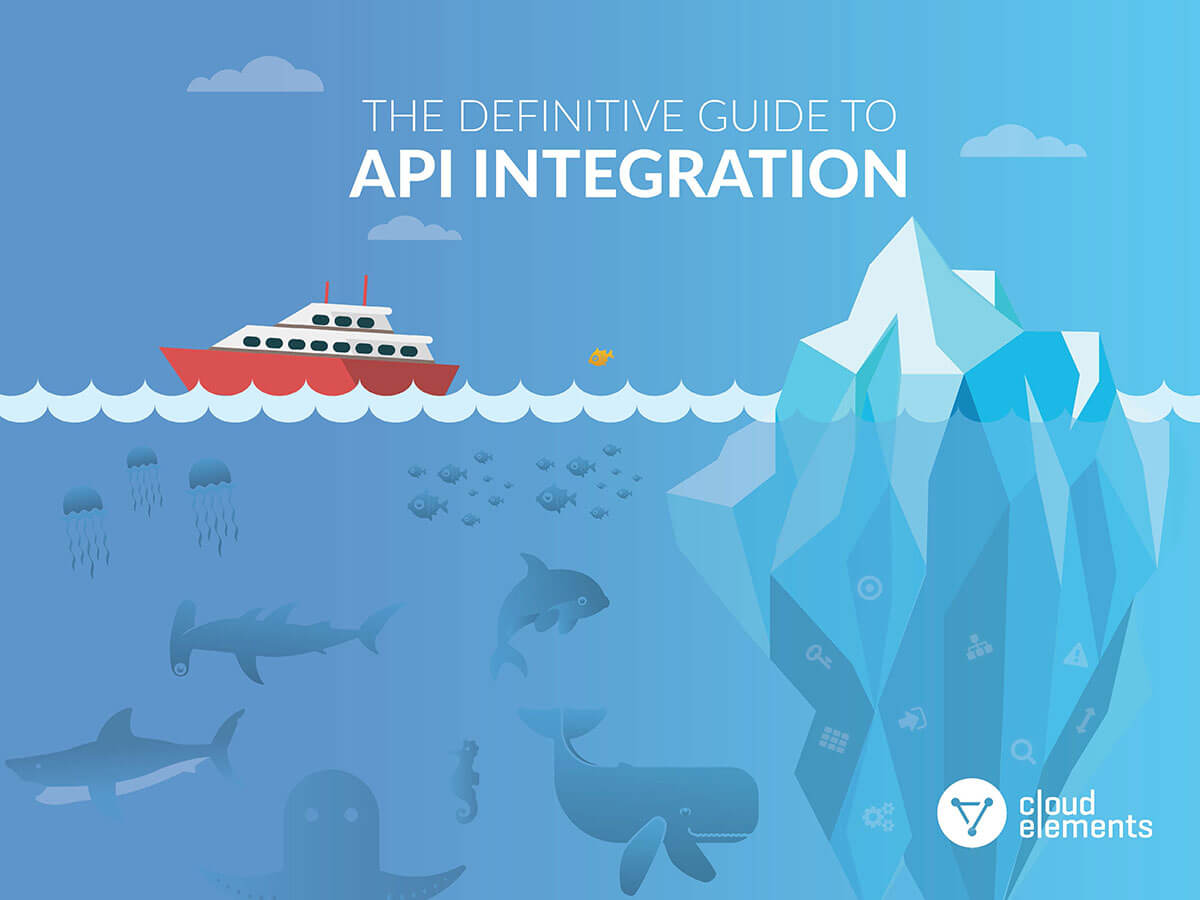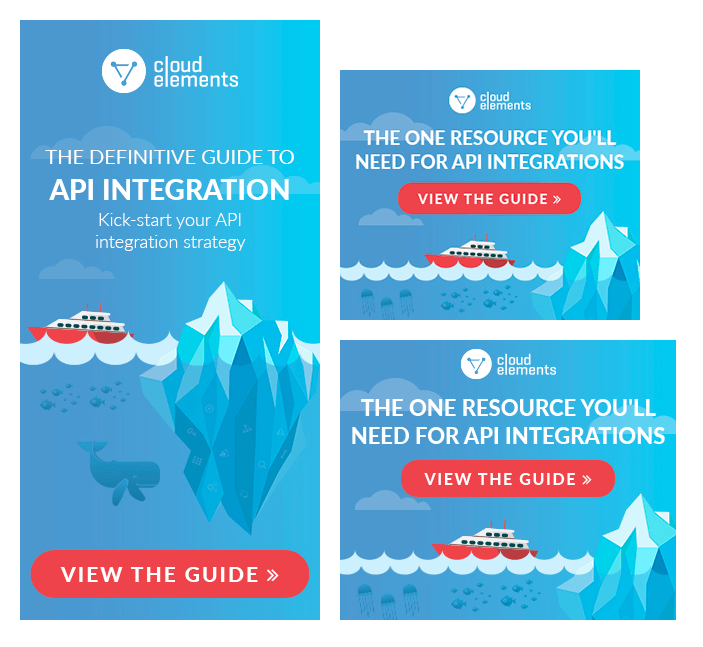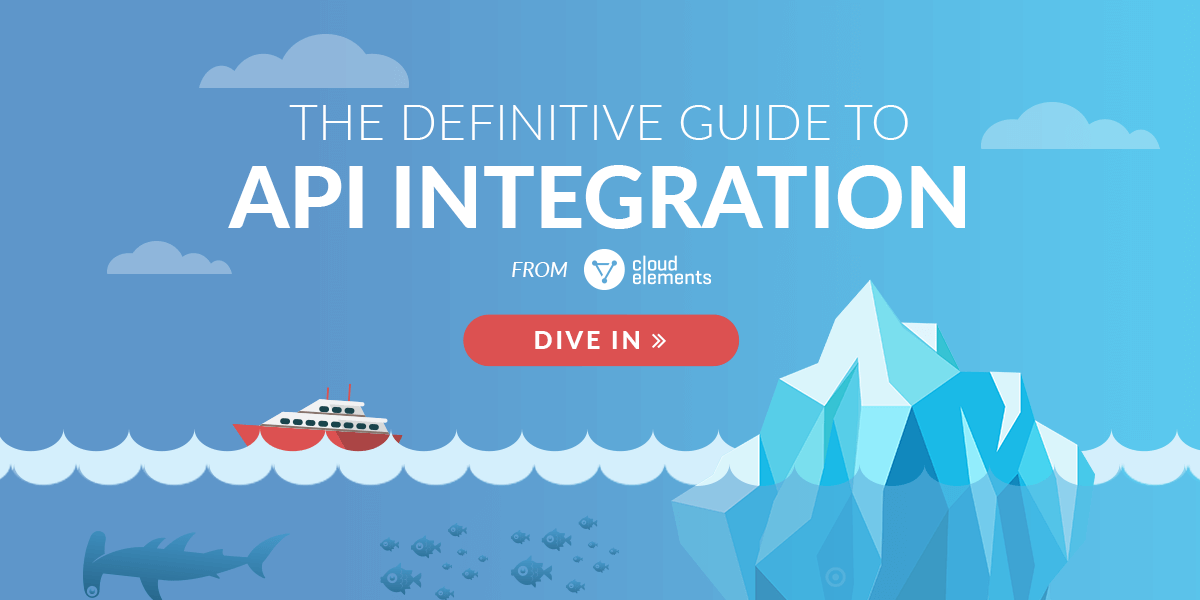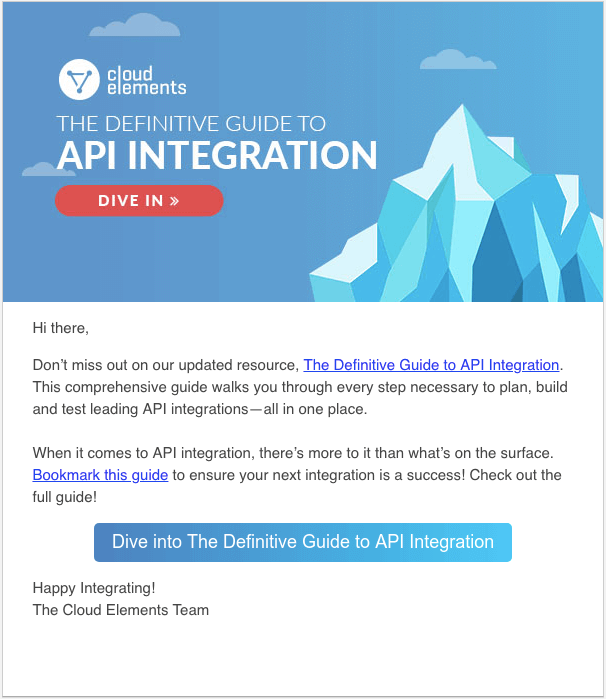How Pillar Content Led to a 53% Increase in Organic Traffic (in 3 Weeks!)
Overview
Are forms becoming a dirty word in inbound marketing? Since day one in the digital marketing world, you’re spoon-fed that gated content delivers consistent lead generation. It’s not until you reach your teenage years that you want to experiment. You’re left to ponder the following questions:
- What would happen if we opened the gate?
- Do people even download content anymore?
- How will we get new leads if there isn’t a form?
- Is the content I’m creating “form worthy”?
There are benefits to both gating and un-gating your content, and in the end, we recommend using both strategies across your site. However, in this blog, we will reference our client who was ready to take the risk of letting their gate down in order to improve their organic rank.
61%
of marketers say improving SEO and growing their organic presence is their top inbound priority.
(HubSpot, 2018)
5.66x
The opportunity from organic search is 5.66x that of paid search ads.
(New Media Campaigns, 2018)
70-80%
of search engine users are only focusing on the organic results.
(MarTech, 2018)
Project Background
Cloud Elements is a leading API integration platform, serving more than 200 of the world’s largest Independent Software Vendors. Its Elements, feature-rich app connectors, connect products to the ecosystem of applications that customers and partners rely on every day. Underneath its catalog of more than 150 Elements, developers will find an entire platform that can be embedded into any product to go beyond just connecting, and instead truly integrate and synchronize data between applications.
SmartAcre® and Cloud Elements have been working together since 2015, with our first project focusing on migrating their WordPress blog to HubSpot. Since then, we’ve become an extension of the Cloud Elements’ marketing team, planning and implementing lead and demand gen campaigns, creating assets, and most importantly, helping them hit lead and revenue goals.
The Problem
Hannah Shain, Director of Marketing at Cloud Elements, approached us about increasing their organic search ranking. While we immediately thought about improving the overall keyword strategy and optimizing top performing blogs and web pages with SEO best practices, we believe helpful content is at the heart of SEO. That’s why we were inspired to try un-gating content.
There is a heated debate on the internet over gating and un-gating your content. Most research out there says:
- Un-gate when your offer is geared toward top of the funnel leads
- Un-gate if you already have a high organic search ranking
- Un-gate when you don’t have a persona tied to the offer
Based on the findings above, our team took to the search engines to find the perfect piece of content to use in our own un-gating experiment. After entering a few keywords that we wanted to rank for, we came across a blog from Cloud Elements which was already on the first page of Google. Fortunately for us, this blog was also tied to an eBook and we immediately saw an opportunity.
Our Solution
As an agency, we’re always learning new strategies to help our clients crush their goals. When Hannah mentioned un-gating content, we excitedly responded with, “Great, let’s launch a pillar page!” And she said, “You guys are geniuses!” Or at least that’s how we remember it.
The first order of business was to nail down the strategy for the pillar page. When we went back to The 10 Step Guide Series: How To Design an API Integration blog, we saw our vision. Our core topic became API Integration with 7 subtopics all coming from the steps provided in the blog (there are 10 steps, but we merged some steps).
With our foundation set, our team started the essential process of keyword research for the core and subtopics used for the pillar page. After keywords were finalized with Cloud Elements, our team optimized all of the blogs we would internally link to the pillar page as well as updated and optimized the old eBook copy to use for the content of the pillar page.
But, one piece was missing. How would we be able to prove that our optimized content and pillar page layout would improve organic search rankings? Using HubSpot’s Historical Blog Optimization Workbook we knew which blogs still needed to be optimized and we tracked keywords and page views before the pillar page launched. We returned to the document four weeks after launch to update and see our progress.
Pillar Content Creation
Instead of starting from scratch, we recycled content from the old eBook called The Definitive Guide to API Integrations. The eBook had a playful underwater/iceberg theme to tie into the fact that there is more involved with integration than what’s above the surface.
Our account team, with the help of our design and development teams, had the vision to make a pillar page with video headers in order to grab the reader’s attention and create a memorable user experience. Keeping with the underwater theme, we created a sea creature for each subtopic of the pillar page to make distinct sections.
The iceberg on the side scrolls with the visitor, almost like a progress bar. They start off seeing the top of the iceberg, and as they begin to scroll through the page, they see more and more of the iceberg appear underwater until the end of the page, where they see the tip. The side navigation bar is also highlighted on which section the visitor is on, so they can easily keep their place. See for yourself.
The videos play on a loop and are embedded right into the HubSpot template our team created. Our design team updated images that were in the old eBook and updated the brand coloring to reflect who Cloud Elements is now.
Opportunities to collect leads are still present on the page, while not the main focus. We direct traffic at the beginning and end to fill out a form to contact Cloud Elements. We’ve also set up two lead flows, one at the top of the page and the other as you hit mid-pillar page.
Content Created for this Campaign
This is the interactive pillar page created for Cloud Elements, The Definitive Guide to API Integration, which uses one core topic, API integration, to interlink over 10 blogs all relevant to the core topic.
This is the previous design of The Definitive Guide to API Integrations eBook which uses old branding.
The previous design of the eBook was used as inspiration for the new design, as seen below, but we updated the branding and incorporated more of the underwater theme.
Throughout Cloud Element’s blog and other HubSpot pages, we used Smart CTA’s to promote the new content. We also used remarketing to reach anyone reading the related blog content.
SmartAcre provided social tiles and banners to help promote the new asset via social media outlets such as Facebook and Twitter.
We also wanted to promote the new pillar page to those already in Cloud Element’s database by using email marketing.
The Results
After importing the page views four weeks post-launch, we couldn’t believe the change in view percentages. Out of the 12 blogs we used in the pillar page, 10 had increased in page views with three out of those 10 increasing by over 200 percent! Incorporating internal links between the blogs, as well as internal links for each blog to the pillar page helped to increase page views. While our goal was to increase organic search rankings, we were still able to gain new contacts from this campaign, two of which came from the HubSpot lead flow on the pillar page.
53%
Organic Search improved from July to August
10out of12
blogs used in the pillar page increased in page views
1256%
increase in page views from the A Quick Guide To Creating A Cloud API Integration Strategy blog
Using CrazyEgg to test and monitor user engagement, we are able to see that visitors to the page are interacting with the side navigation to help them find the content they need. Between our HubSpot CTA data and the heat map tracking, we’ve been able to see that people are still downloading the resource despite having the resource accessible on the pillar page.
Our work is not done with the pillar page, we’ve already started to make optimizations on the two blogs that just barely missed the opportunity to increase their page views and will collect the data in another four weeks. We’ve also started to plan the next pillar page to continue un-gating popular resources.


